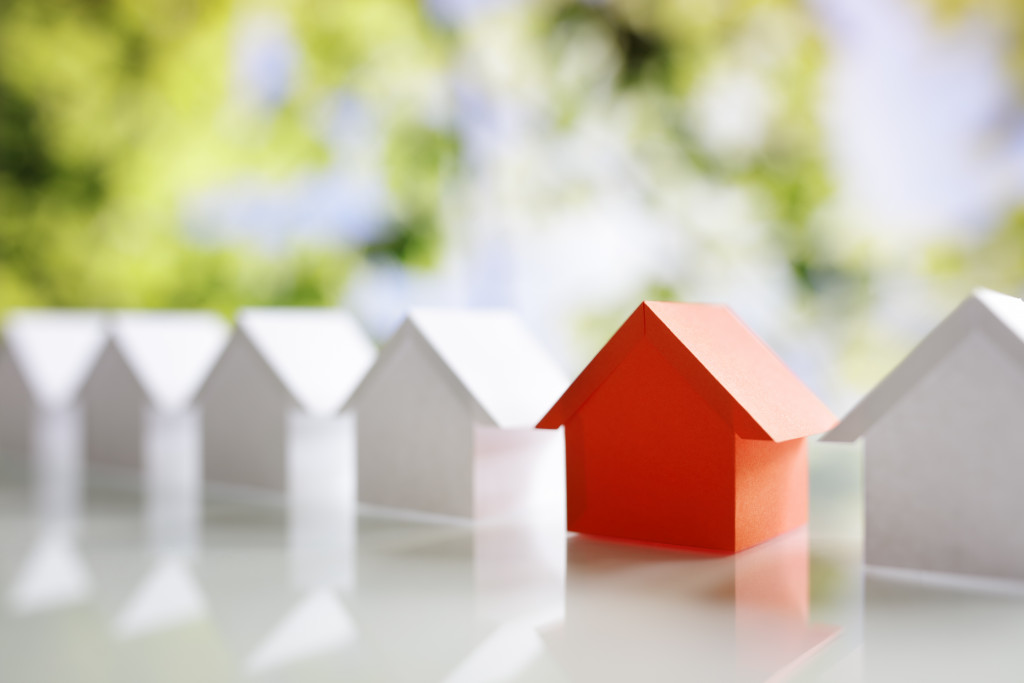No matter where you live, the reality of climate change is undeniable. Once-a-century events of extreme weather are happening once a decade, or even more frequently. And they are getting worse. 2020 alone saw record-breaking wildfires in the US, while the Atlantic storm season set a record for the most named storms ever.
For decades, experts have been predicting that we’d risk entering these dangerous waters. The dismal truth is that we might have averted many of those predictions. In some respects, it can be too late to avert disaster, but we can still take action in others.
According to Maslow’s hierarchy of needs, shelter is among the most basic requirements for human survival. This is reflected in the average person’s spending on housing: one-third of the monthly budget is deemed affordable. In practice, many people pay far more than that.
We all need to live somewhere for every day of our lives. Changing the way we design and construct our homes can have the biggest long-term impact on our environment. It’s an excellent way to start building a better future.
A problem of design
The field of design spreads out across multiple industries and creative efforts. But whether it’s in fashion, automotive, UI/UX, interior, or other applications, all designers have one fundamental calling. They understand and solve people’s needs.
This is a particular challenge when it comes to buildings and construction. Homes are built to last for decades. Commercial buildings, even longer than that. When you enter such a structure, everything around you was shaped by design considerations that might be years old.
That doesn’t have to be a problem when the challenge is timeless. Bathroom vanities can be subject to current aesthetic trends, but your choice of durable, moisture-resistant materials is not. Thus, throughout the decades, specific materials and design choices can persist.
But when it comes to climate change, most homes weren’t designed to withstand new and often extreme conditions. Our needs have changed, but our structures have not. And many homeowners and contractors persist in building under the obsolete paradigm.
The result? Properties that take substantial damage from unexpected flooding or storms need renovation every few years and give owners a headache in filing insurance claims.
Building to last

It would be one thing if all you had to consider were the costs you shoulder directly due to poorly designed and built homes. But climate change is a result of multiple, interlacing effects that stem from unsustainable practices. If we’re going to correct course, we need to think sustainably, which means seeing the big picture.
We need to understand that homes don’t just cost the listed price plus whatever fees, taxes, financing charges, and maintenance costs add up to. Their impact extends beyond our property borders, even beyond domestic ones. And it pushes into the future, as children grow up and live in a world left poorer, environmentally speaking, than the one we’ve enjoyed.
Homes that are ‘built to code’ are actually built to the minimum requirement. We have to start exceeding that. Otherwise, the next big storm will cause more damage than expected. Prolonged drought will cause more rapid weathering.
It all adds up to more maintenance and repair costs. And it means a greater burden passed on to the next generation. Building sustainable homes means pushing them to be more resilient and making them last a lifetime amid a changing world.
Approaching net-zero
The other thing homeowners need to consider in their new construction projects is the net environmental impact. This includes not only the construction activity but actual occupancy of the home itself.
In 2018, almost 40% of global emissions came from the energy consumption required to build and operate buildings and homes. On an individual level, we can contribute toward collective sustainability by trying to bring that down.
How you source materials for construction matters. Local suppliers equate to less distance covered for transportation. On the day-to-day level, outfitting your home with energy-efficient appliances will also make a difference in the long haul.
Building your home along net-zero principles can have a huge impact as well. Take advantage of any applicable local source of renewable energy. It could be solar panels or a roof-mounted wind turbine. It might not be enough to provide all your energy needs, but it will at least partially offset consumption.
Net-zero homes might not be achievable for everybody at present, but we need to work towards approaching that goal. The coming years might see it become attainable. We have to make sure that the future is livable.</br

